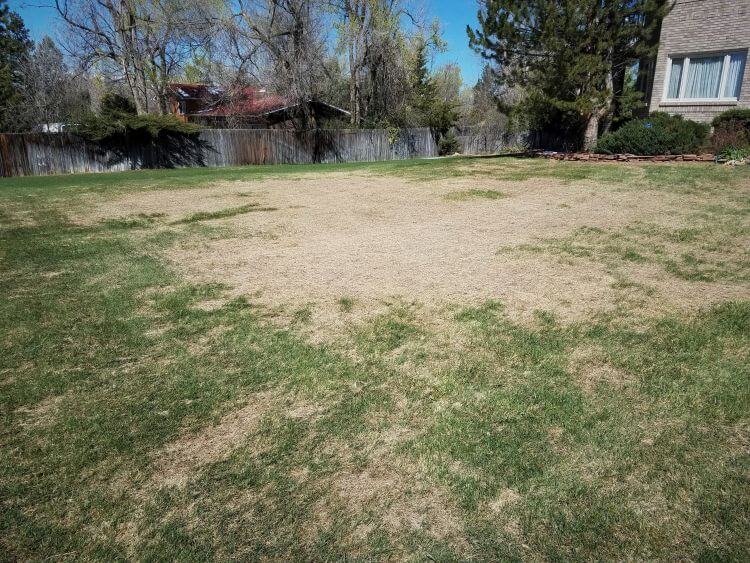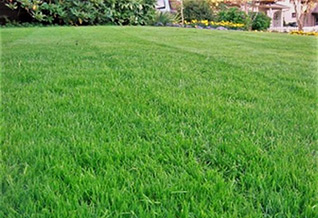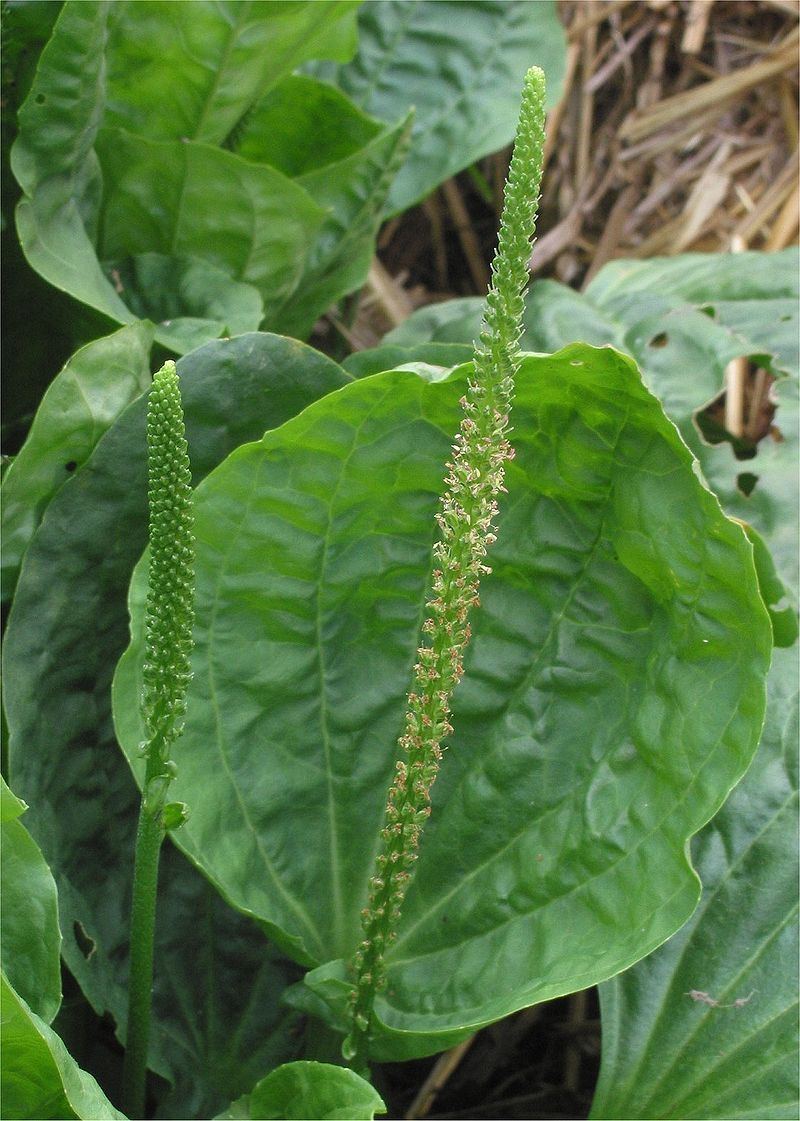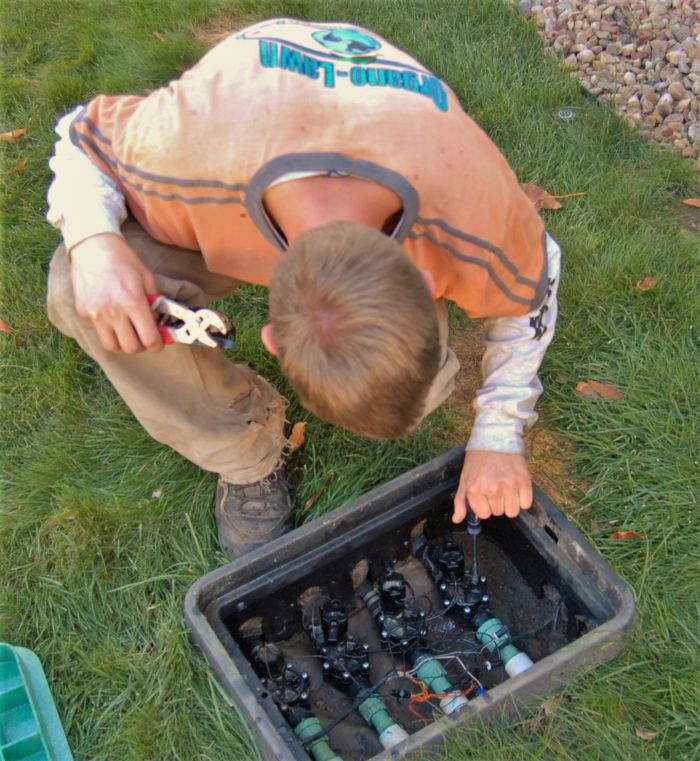These top signs will tell you if your lawn is healthy or not!
Most people don’t think too hard about the state of their lawns, but then wonder why it never looks as green as their neighbors. Many people try to solve these problems by increasing watering times, adding synthetic fertilizers, and mowing more frequently. Most of the time it’s not what’s on the surface that is the issue. These key signs will tell you if your lawn is healthy or not.What Color is Your Lawn?
First take a look at the color of your lawn, is it more brown than green? Does it have a rich green color or is it more of a faded green? Ideally what you’re looking for is a rich green. However, all lawns are different and you have to consider the location of your lawn and the amount of shade or sun it gets. The most important things that contribute to a healthier color is a proper watering and using an organic fertilizer. There some other factors, but providing your grass with the right nutrients will help give you that vibrant green.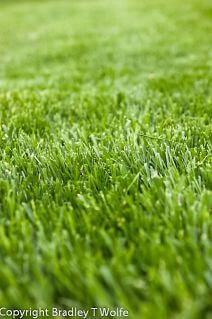
What is the Density of Your Lawn?
How thick is your lawn? Are their patchy spots or is it lush? Can you see bare spots throughout your lawn? These can be attributed to lack of nutrients, improper watering techniques, and compact soils. Scheduling an aeration in the spring and fall can help increase the amount of water and nutrients your grass roots get. An aeration twice a season is especially great in Colorado where we have heavy clay soils. Making sure your watering is dialed in is especially important. This is a common problem as most people think that when they see patchy dry areas they need to water more. Many times, those areas are over watered and therefore the grass roots can’t grow deeply because they are waterlogged.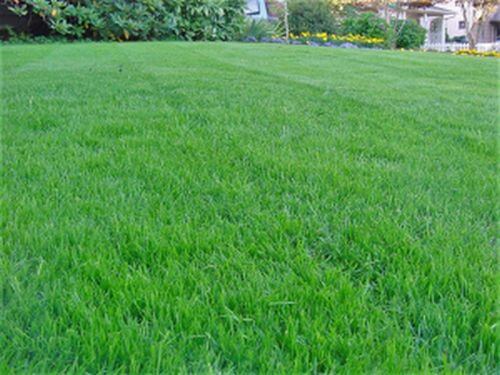
Brown Spots in Your Lawn
Have you ever looked at your lawn and noticed dry rings in your lawn? This is called Necrotic Ring Spot, a soil borne fungus that attacks the grass. There are a number of funguses that attack the grass due to issues with watering and maintaining your lawn. Overwatering is a huge issue that can cause a lot of funguses to show up. Dog spots, which are patches in your lawn, are sometimes confused with fungus. These are also easy to manage with a proper mowing and watering techniques.
Critters or Insects That Attack Your Lawn
If you find worms in your soil that’s a great sign as they help with moving air, water, and nutrients through the soil.Seeing life in your soil can be a positive thing, however not all life is welcome.Grubs for example can create dry patches that pull up like carpet, because they eat the roots of the grass. Spider mites cause massive dry areas under trees. Voles create dry zig zag lines during winter as they eat the grass in their tunnels under the snow.